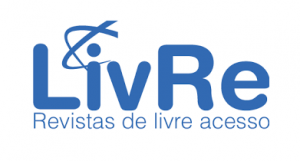Article Authorship Policy
Author contributions should adhere to practices such as the CRediT (Contributor Roles Taxonomy) system, which defines contributions as follows:
- Conceptualization – Ideas; formulation or evolution of overarching research goals and aims.
- Data curation – Managing activities such as annotating (producing metadata), cleaning data, and maintaining research data (including software code, where necessary).
- Formal analysis – Applying statistical, mathematical, computational, or other techniques to analyze or synthesize study data.
- Funding acquisition – Securing financial support for the project leading to this publication.
- Investigation – Conducting research and investigations, specifically carrying out experiments or data/evidence collection.
- Methodology – Development or design of methodology; creation of models.
- Project administration – Managing and coordinating the planning and execution of research activities.
- Resources – Provide study materials, reagents, materials, patients, lab samples, instrumentation, computing resources, or other analytical tools.
- Software – Programming, software development, computational program design, implementation of supporting code and algorithms, testing.
- Supervision – Oversee and lead research planning and execution, including external mentoring.
- Validation – Verification, including replication/reproducibility of results/experiments.
- Visualization – Preparing and presenting published work, particularly data visualization.
- Writing – original draft – Preparation and drafting of the original manuscript.
- Writing – review and editing – Critical review, commentary, or revision, including the pre- or post-publication stages.


